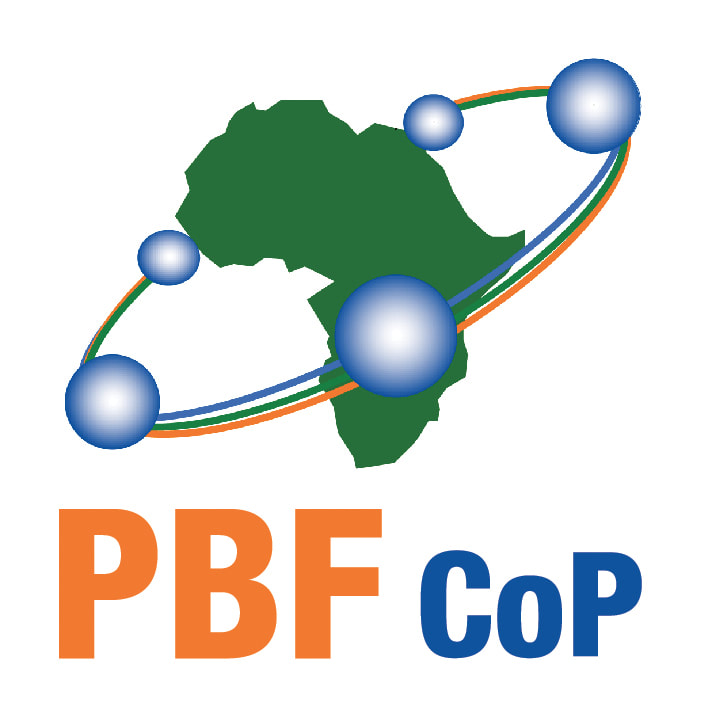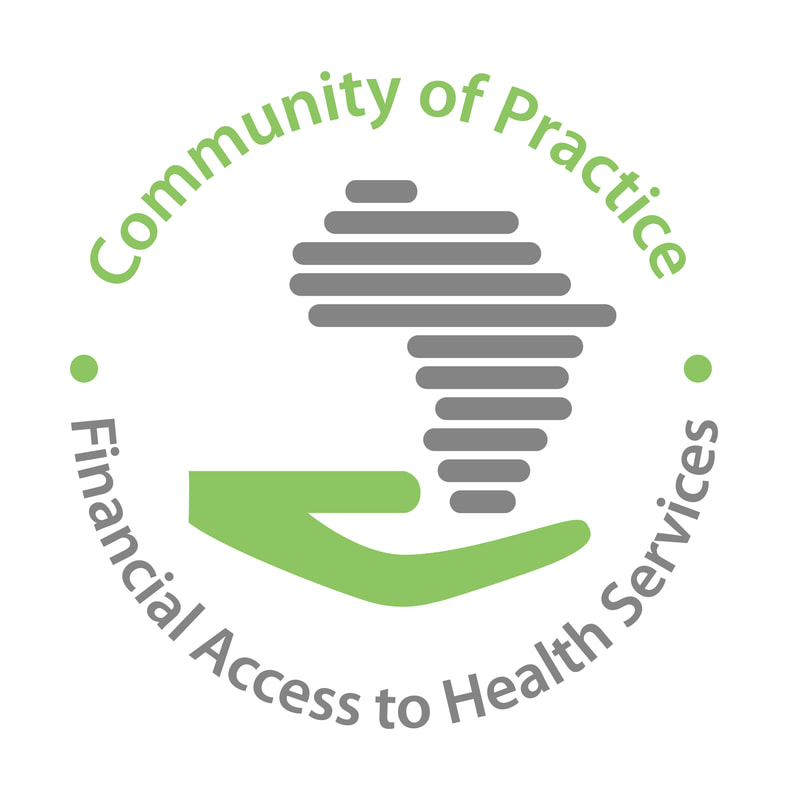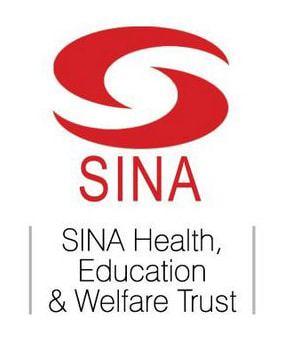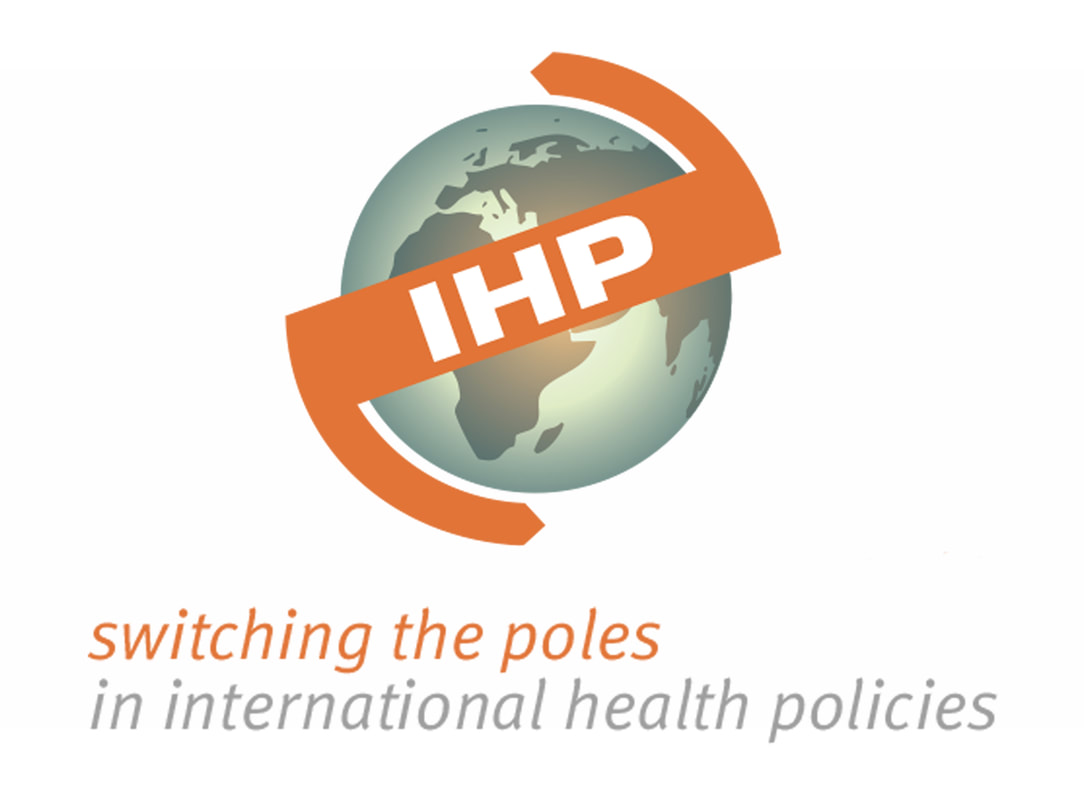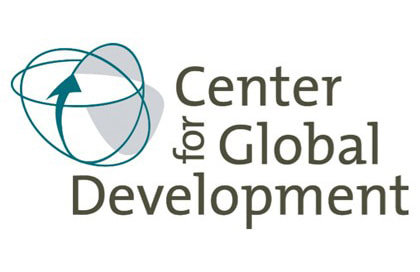
Jean-Benoît Falisse: If I am correct, you took part to the Bamako conference. It was the 38th African Regional Meeting of WHO but UNICEF also became involved. What were you doing at that time? Where was the Bamako Initiative coming from?
Agostino Paganini: At that point of time, I was working on a joint UNICEF-WHO nutrition support programme. I was based in New York and technically working for WHO. I was not there in Bamako but my experience of the event is still vivid. I remember quite well the organisational implications and all the fall-outs of this initiative of Mr. Grant. Of course, everything in this conversation could be biased, it is my own experience that I have revisited and understood over the years. At that time, Dr. Halfdan Mahler was the Director General of WHO and Mr. Jim Grant was the Executive Director of UNICEF. Both were extremely charismatic and powerful leaders and they were two major figures in the public health and health development debate. Mahler had a focus on primary health care issues with a global vision and sensitivity to political implications. Grant was much more pragmatic, he believed in that sort of 'cold war vision' where there were little chances for big progresses and therefore he believed in incremental steps, bringing up health in the political arena. After the Harare declaration [on strengthening the district health systems based on Primary health care], Grant came up with Bamako. Not necessarily, as perceived by some, as a declaration antagonistic to Harare's but maybe as a more incremental, less 'visionary', declaration. Of course, for him it was also a way to call for Africa because he wanted more resources for health organisation and child survival in Africa and he saw the declaration as a way to have them. Basically, the relation between the Bamako and Harare declarations could be seen in the context of an intellectual debate between these two giants of developmental issues.
In the context of this intellectual debate, who was pushing for the Bamako Initiative? What were the main points of consensus and divergence between the countries and/or organisations?
Alongside with the African Ministers, UNICEF promoted and lobbied for this kind of declaration – for which WHO was not especially keen. Actually, even some parts of UNICEF were not happy about this. At the policy level, what was obviously the most difficult to accept was the issue of user fees and cost-sharing. UNICEF and Mr. Grant, on the basis of what was happening in Benin and many African countries, realised that the real payer in health was not the government any more, it was not even the donor any more, it was the household. The majority of expenditures were paid out-of-pocket. The issue was therefore 'co-financing'. Yet, some people identified this idea of having people co-financing their health services with the World Bank vision on user fees and the debate became very ideological. In the proposition for the Bamako Initiative, it was suggested that people would pay something out-of-pocket. If donors were helping making the service better in terms of infrastructure, drugs availability, training and supervision of staff and monitoring mechanisms, it would be wrong that people do not contribute to the cost of delivering services (although paying less than the actual cost). However, that money would stay with people who paid, at the health centre level, and it would be controlled by the community. That was the hypothesis. The reaction from the other side was to call this opening the door to privatisation and a way to have people pay for health when health is a basic human right which cannot be sold.
Part of the Bamako Initiative is about community participation. In the interview with Susan Rifkin, she says what sparkled her interest in community participation was the experience of barefoot doctors in China. Was there anything similar in Africa? Something that convinced people in Bamako?
In the unit I was managing in New York, everybody was absolutely convinced that the biggest political change that Bamako initiative was bringing was not the money but the effort to empower the community in controlling their health centres and staff. We had the impression that the health staff had basically privatised the health system. The health system was not functioning any more. It was an unregulated private sector in which you would have to pay for everything without any control on the quality or the use of the money. For us, the Bamako Initiative was a way to strengthen the capacity of people to be part of and take part in the management of the health centre. It was not about the technical management of the health centre but about the ‘governance’ aspect of it. Was it successful? Well, in certain places like in Mali in the beginning it was quite good. Yet, I had the impression that after a while the Bamako Initiative was interpreted/considered by some of the Ministries of Health and staffs as an excuse to charge whatever they wanted with no control by the community on the money.
Community-wise, what was in place at the time of the Bamako Initiative declaration?
In some countries, there were health committees but these health committees never controlled any resource. In these countries, we could start from these committees. However, in other countries such as Guinea after Sékou Touré, there was nothing. The health system had been destroyed and with the Ministry of Health of Guinea, managing committees were set up. It was the beginning of giving substance to community participation through the co-financing and co-management of the health centres. That was the language we wanted to use; not ‘cost recovery’ but ‘community co-management and co-financing’. It was implemented in different countries and under different labels. This is a labour intensive process that requires a lot of assistance at the community-level.
The Bamako Initiative could be described as having three pillars: (1) community participation, (2) self-financing mechanisms and (3) regular supply of drugs. You already touched the first two issues, could you say a word about the regular supply of drugs?
The experience on the ground was that health centres were not used and their utilisation was incredibly low for two reasons: (1) one was linked with the infrastructure and the behaviour of the staff which were perceived as rotten and so the centres were going down and the other (2) was that there were no drugs. Medicine is perceived by the users as the key element in the therapeutic process, and this is basically true wherever you are. People were spending their money on the market, buying drugs in the unregulated market or anywhere else. It was obvious that medicine had to be available in the health centre. The health centre had to become the place not only for preventive care but also for curative services. Do not forget that the main preoccupation of UNICEF at that time was not curative care; it was mainly immunisation and child survival (which are mostly linked to preventive care). However, having people coming to the health centre because of the availability of medicine for their curative needs was an important key for preventive purposes.
I take an example: child survival and malaria were two of Africa’s very obvious problems which were not very well addressed. There were vertical programmes with antibiotics and antimalarial drugs but they were not sufficient. Having a functional health centre was seen by us as a way to move towards a much more comprehensive vision of primary health care. It was a gradual process through which health staffs were trained and health centres improved thanks to investments from donors and the government. The running costs that were not covered by the government were co-financed by the community. The key was to have a committee which would oversee the management of the money so that there was public accountability. Community participation was seen as a way to obtain accountability from the medical and managerial staff. Monitoring was also a pillar in the system because it would allow the managing committee and the staff to have a view on coverage and immunisation, number of visits, number of women who were delivering babies, etc. This way they could set objectives, discuss between the members of the committee and the health staff, find bottlenecks in the system, and eventually improve the durability, access and correct utilisation of health care.

